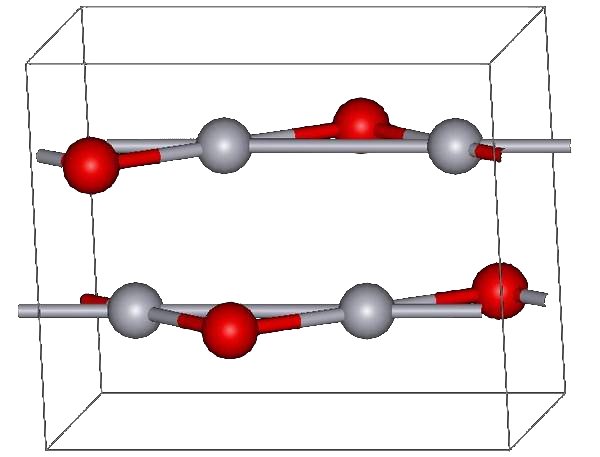|
Red Precipitate
Mercury(II) oxide, also called mercuric oxide or simply mercury oxide, is the inorganic compound with the formula Hg O. It has a red or orange color. Mercury(II) oxide is a solid at room temperature and pressure. The mineral form montroydite is very rarely found. History An experiment for the preparation of mercuric oxide was first described by 11th century Arab-Spanish alchemist, Maslama al-Majriti, in ''Rutbat al-hakim.'' It was historically called red precipitate (as opposed to white precepitate being the mercuric amidochloride). In 1774, Joseph Priestley discovered that oxygen was released by heating mercuric oxide, although he did not identify the gas as oxygen (rather, Priestley called it " dephlogisticated air," as that was the paradigm that he was working under at the time). Synthesis and reactions The red form of HgO can be made by heating Hg in oxygen at roughly 350 °C, or by pyrolysis of Hg(NO3)2. The yellow form can be obtained by precipitation of aqueous ... [...More Info...] [...Related Items...] OR: [Wikipedia] [Google] [Baidu] |
Montroydite
Montroydite is the mineral form of mercury(II) oxide with formula HgO. It is a rare mercury mineral. It was first described for an occurrence in the mercury deposit at Terlingua, Texas, Terlingua, Texas and named for Montroyd Sharp who was an owner of the deposit. Montroydite occurs in mercury deposits of hydrothermal origin. Associated minerals include: native mercury, cinnabar, metacinnabar, calomel, eglestonite, terlinguaite, mosesite, kleinite, edgarbaileyite, gypsum, calcite and Dolomite (mineral), dolomite. References Mercury(II) minerals Oxide minerals Orthorhombic minerals {{oxide-mineral-stub ... [...More Info...] [...Related Items...] OR: [Wikipedia] [Google] [Baidu] |
